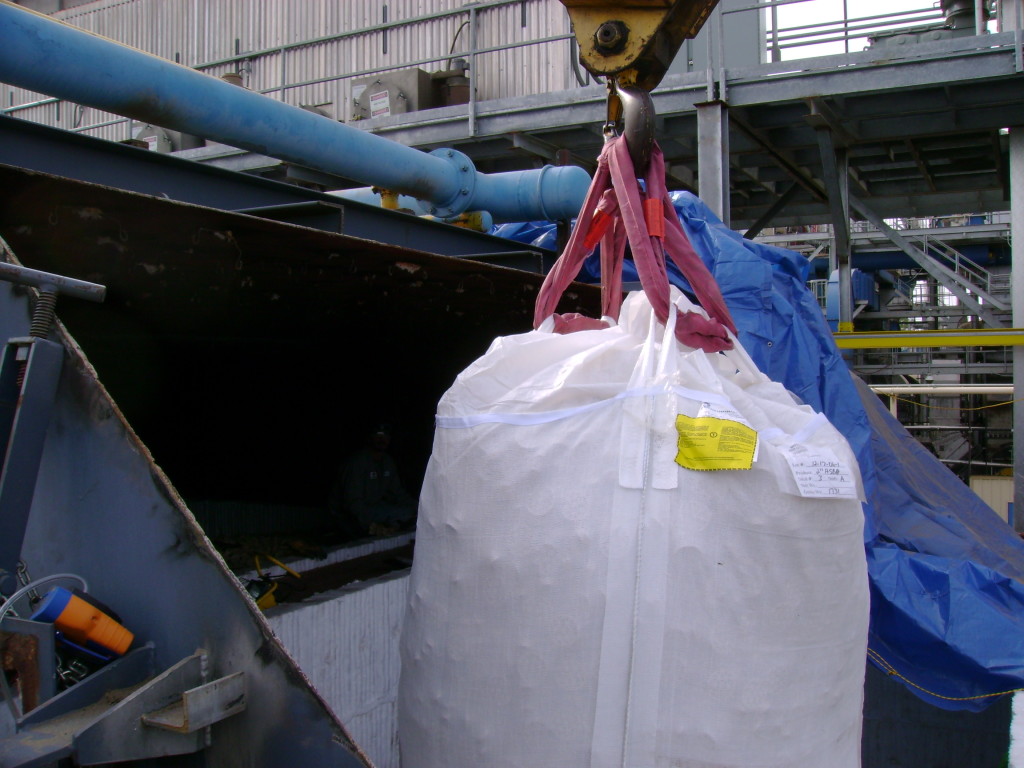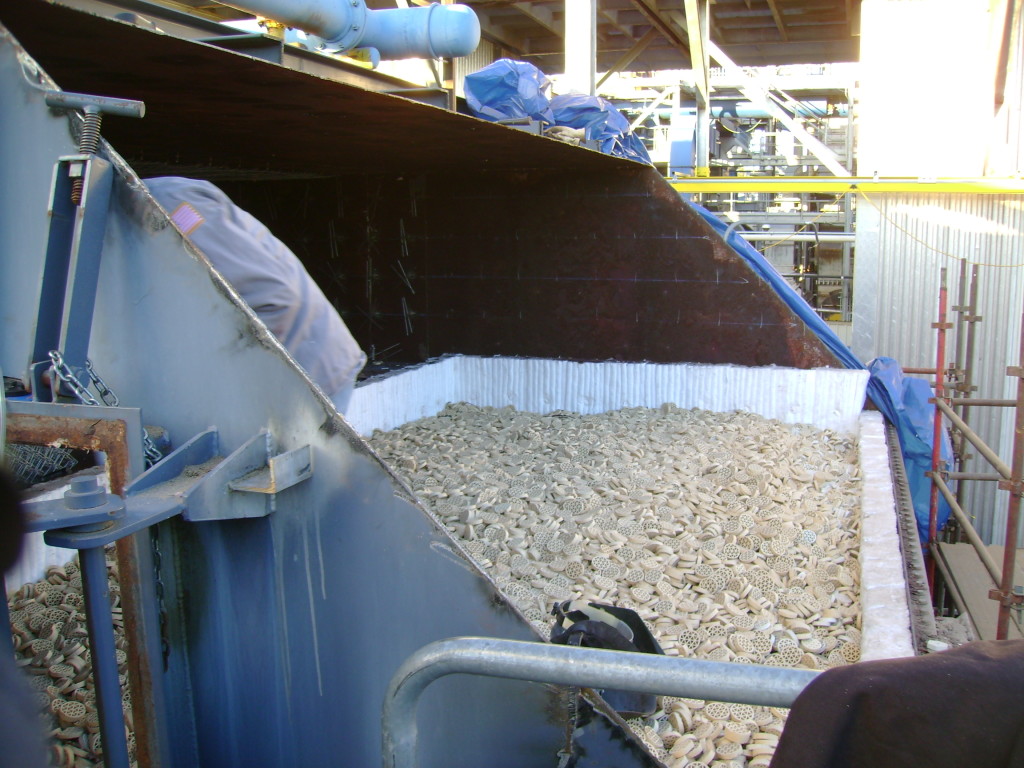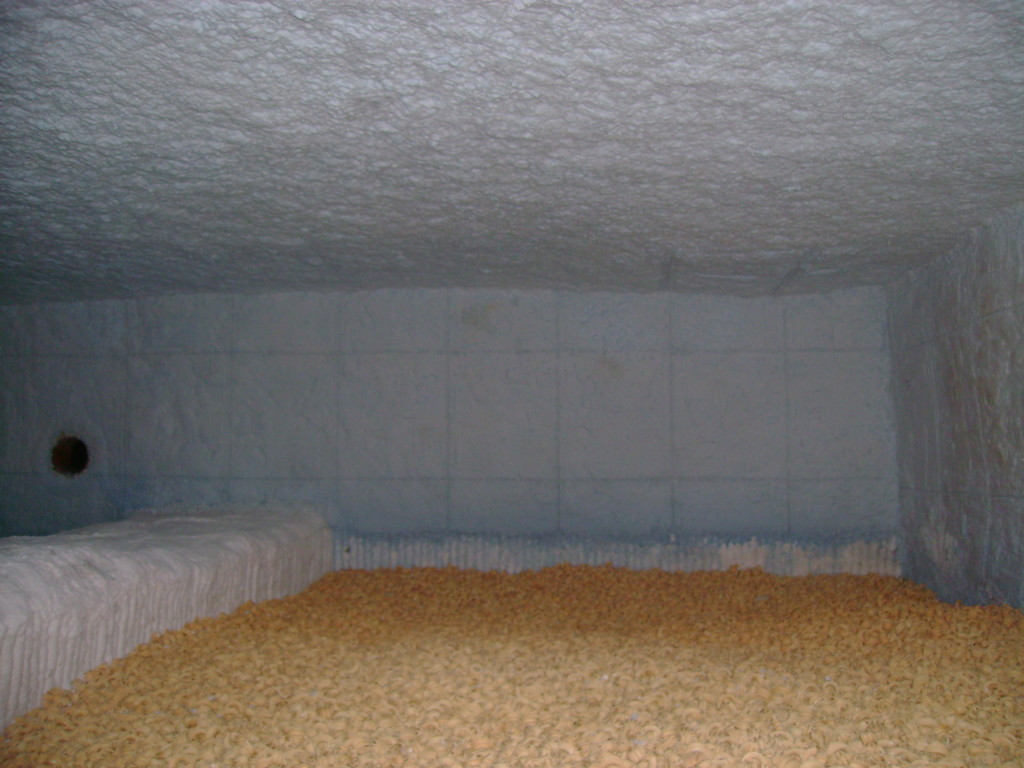Case Study: A Quick Response for Our Customer’s Heat Recovery Regenerative Thermal Oxidizer (RTO)
Regenerative Thermal Oxidizers (RTOs) are combustion devices that control VOC, CO, and volatile HAP emissions by combusting them to carbon dioxide (CO2) and water. In regenerative heat recovery, hot exhaust gases and cool inlet gases are alternatively passed through a fixed bed, typically employing ceramic media.
Important design and operational factors for RTOs include temperature (a temperature high enough to ignite the organic constituents in the waste stream), residence time (sufficient time for the combustion reaction to occur), and turbulence or mixing of the combustion air with the waste gas.
Our customer was noticing hot spots and damage to the steel structure on his RTO.
Solution
Our inspection revealed that the OEM installed lining was failing. There were hot spots on the casing in several areas and the ceramic media bed also needed to be replaced.
Timing was critical for this job.
We worked with our customer to schedule steel installation, media bed installation and new refractory.


Results
As a full service contractor, we were able to get the media installed, new steel installed, new upgraded ceramic fiber modules.

Our customer’s RTO was back into production with minimal downtime, and they are very happy with the results.
Comments are closed.


